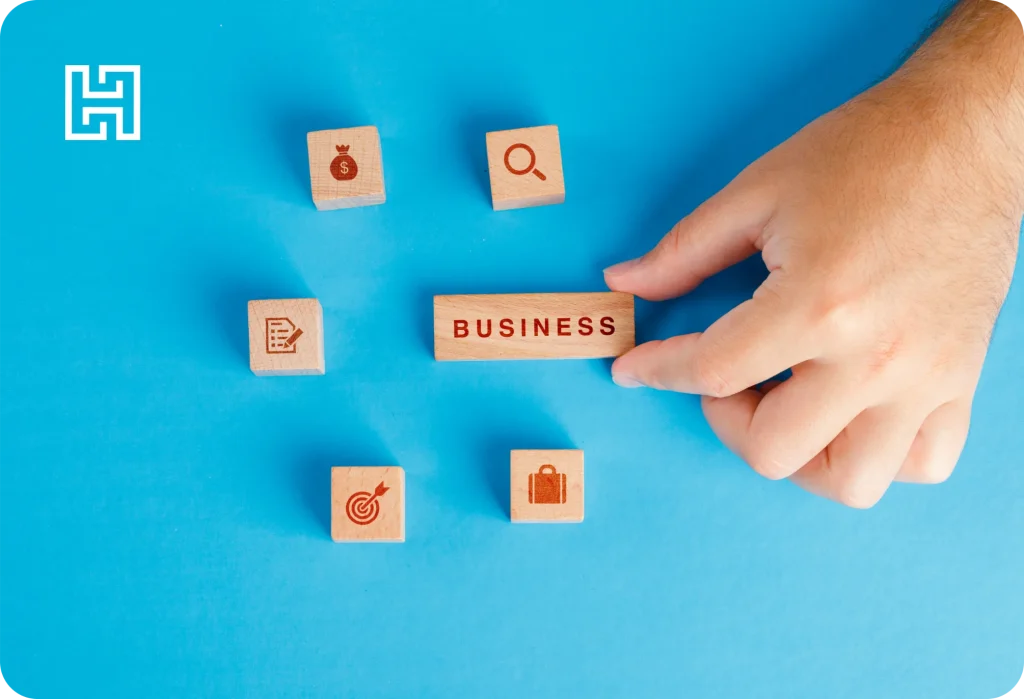Service As Software
The Era of Service as Software
Automation is no stranger to IT infrastructure have revolutionized industries by automating tasks from data entry to supply chain logistics. In cybersecurity, Expel offers a Managed Detection and Response (MDR) service powered by automation to fend off cyber threats.
But the game is evolving. With the rise of AI agents, software is undergoing a fundamental shift. These agents don’t just execute tasks—they think, adapt, and make decisions based on their environment and user feedback. Welcome to the Era of Service as Software, where services aren’t delivered through software—they are the software.
The move to Service as Software marks a seismic shift in how businesses operate. AI isn’t just delivering services—it’s learning, evolving, and driving value in real-time.
For entrepreneurs building at the intersection of AI, automation, and services, the future is wide open—and it’s happening now.
Business Services, A to Z
Business process services, such as data entry and transcription, are poised for change because they involve repetitive, rule-based tasks. AI is well-suited for automating these functions, as it can understand context, interpret intent, and adapt to new situations.
In the Service as Software model, AI is already taking over tasks like recruiting calls, answering buyer FAQs, and processing data entry and faxes.
By 2028, AI-driven technologies are expected to inject $28 billion into the business process services market. This transformation will reshape both in-house and outsourced roles, with key companies leading the way.

Services as Software Across Key Functions
Sales & Marketing
Sales & Marketing
AI SDRs can handle outbound emails, contact sourcing, and personalized outreach all with outcome based billing like qualified leads or converted opportunities.
Software Engineering
Software Engineering
AI tools automate coding tasks, from code reviews to debugging, allowing developers to focus on higher-value work.
Cybersecurity
Cybersecurity
AI-driven platforms act as virtual security analysts, detecting and responding to threats faster and at lower costs than human analysts.

Tackling the Many-to-Many Problem
Modern roles like developers, data engineers, and security analysts navigate a maze of platforms daily. A developer, for instance, might jump between an IDE, APM tool, and log manager just to solve a single issue.
This fragmentation is where AI agents thrive. They aggregate data across tools, connect the dots, and deliver actionable insights—freeing humans from tedious tasks and letting them focus on critical decision-making. Imagine a Service-as-Software solution that automates cross-tool interactions, transforming workflows in DevOps, data engineering, and cybersecurity.

